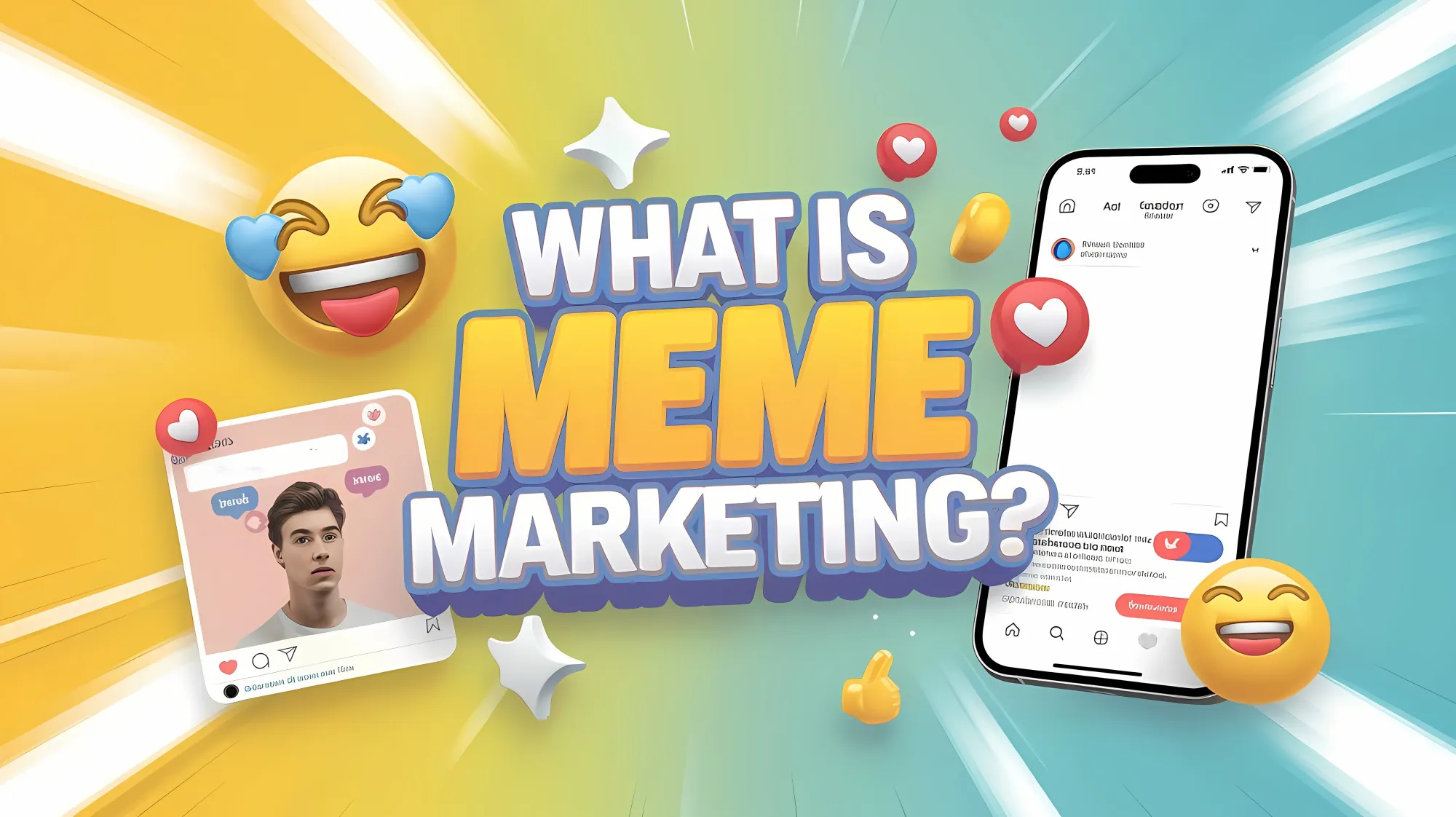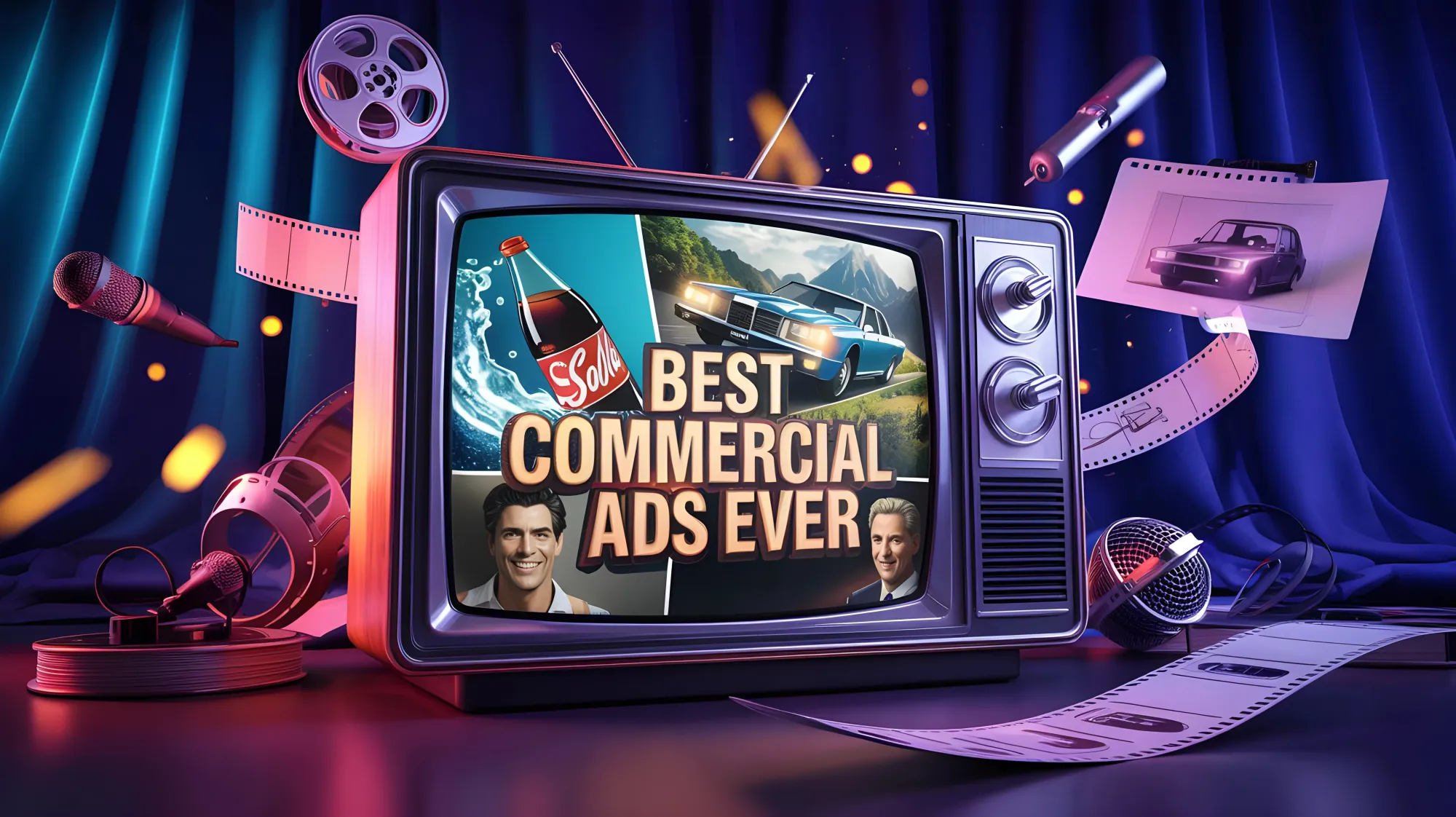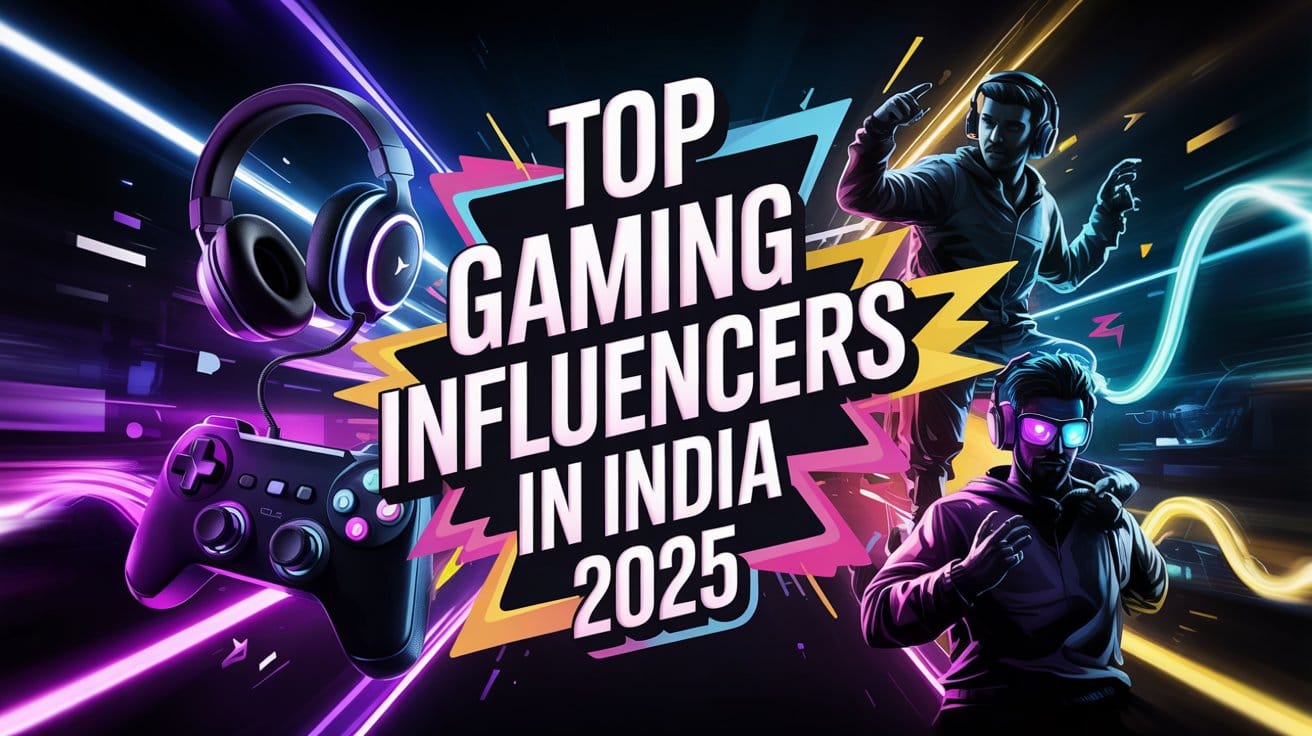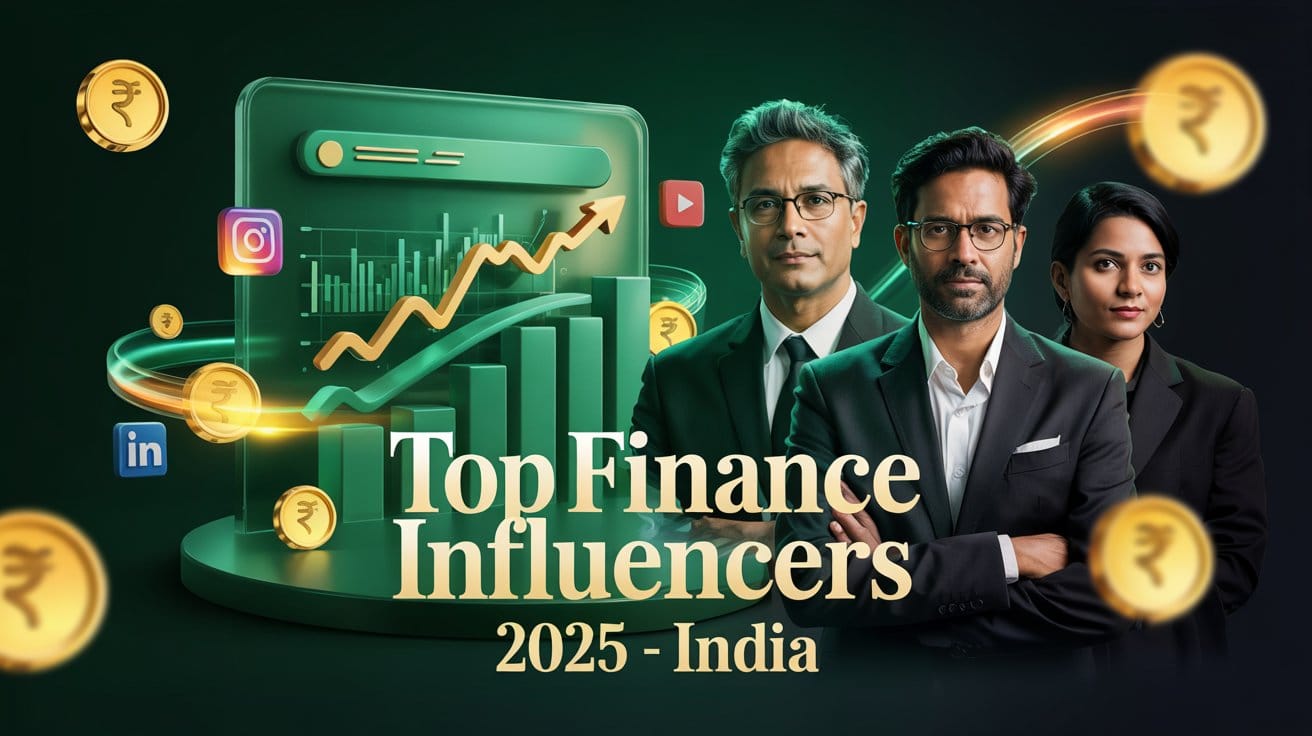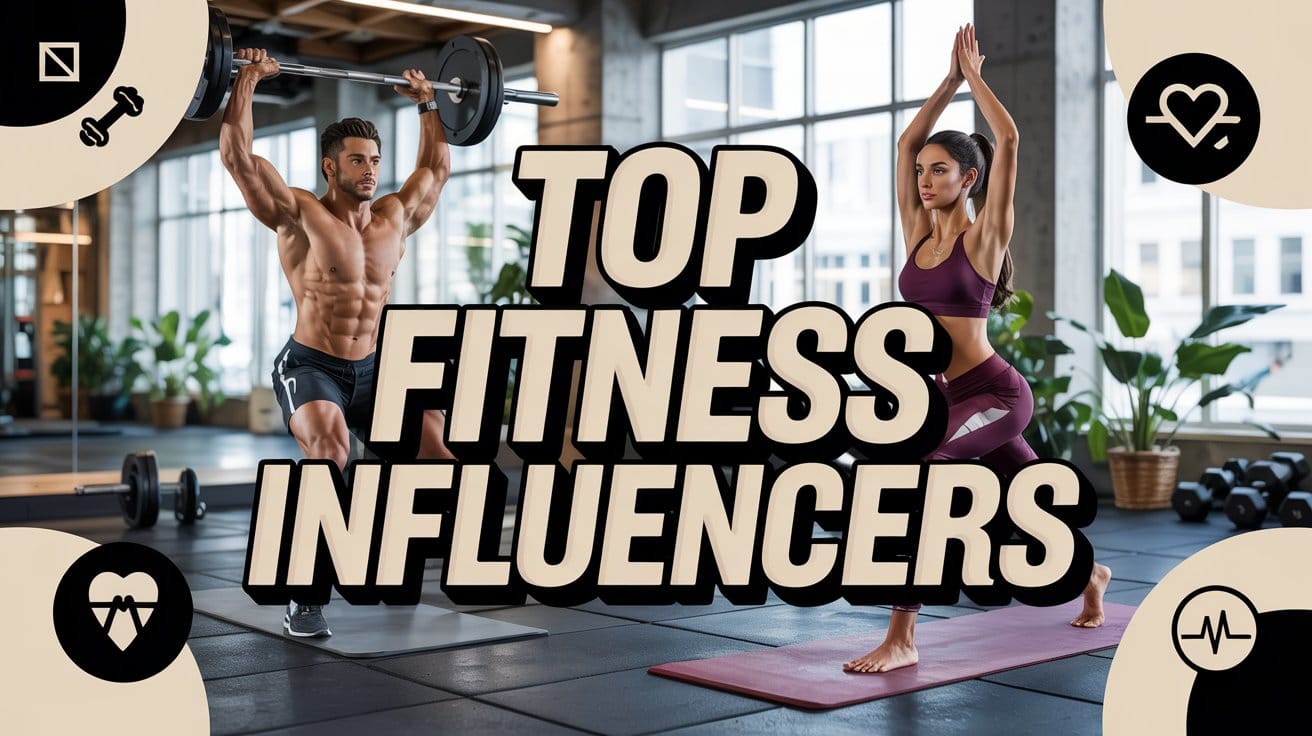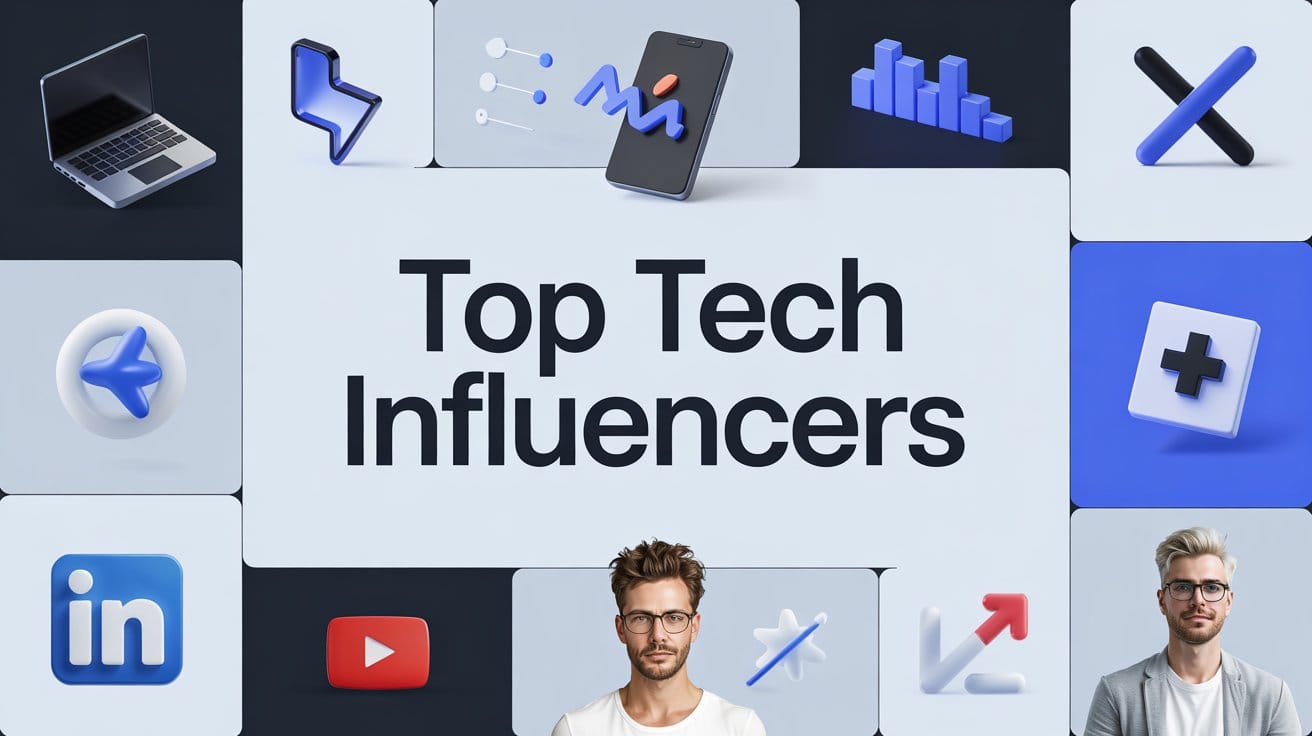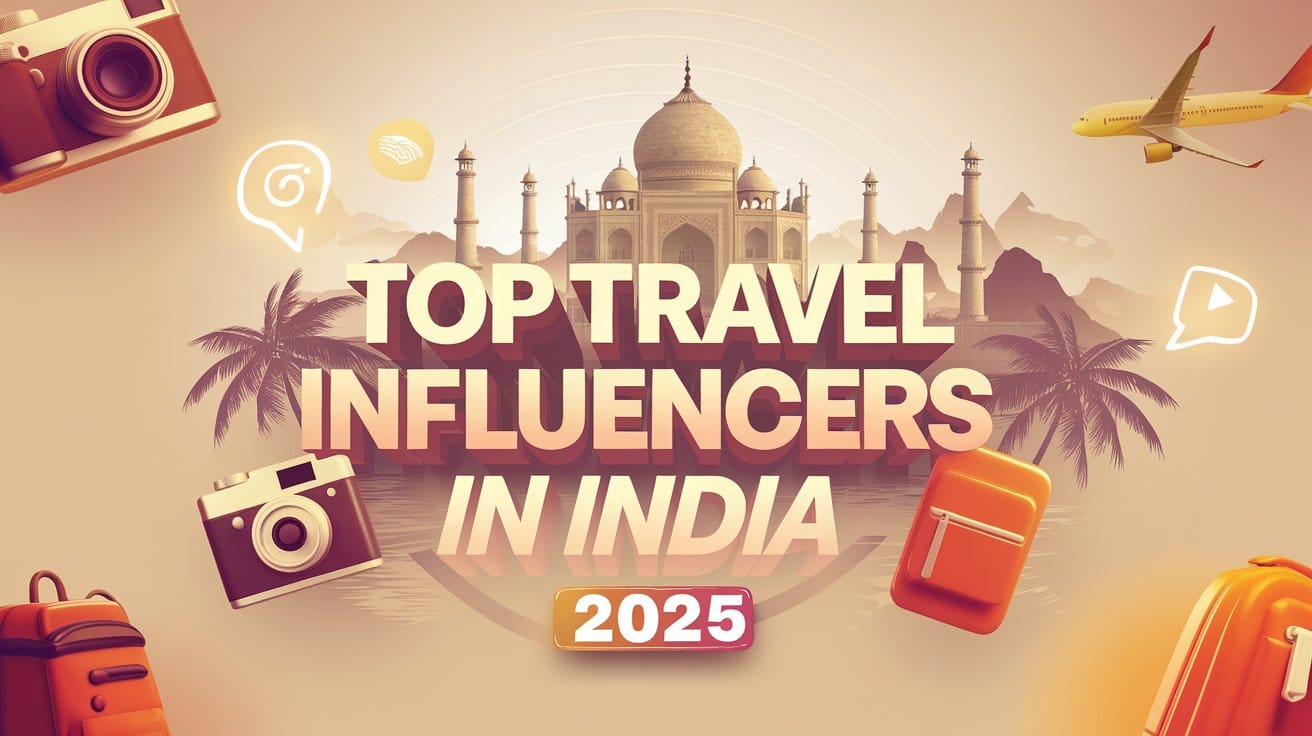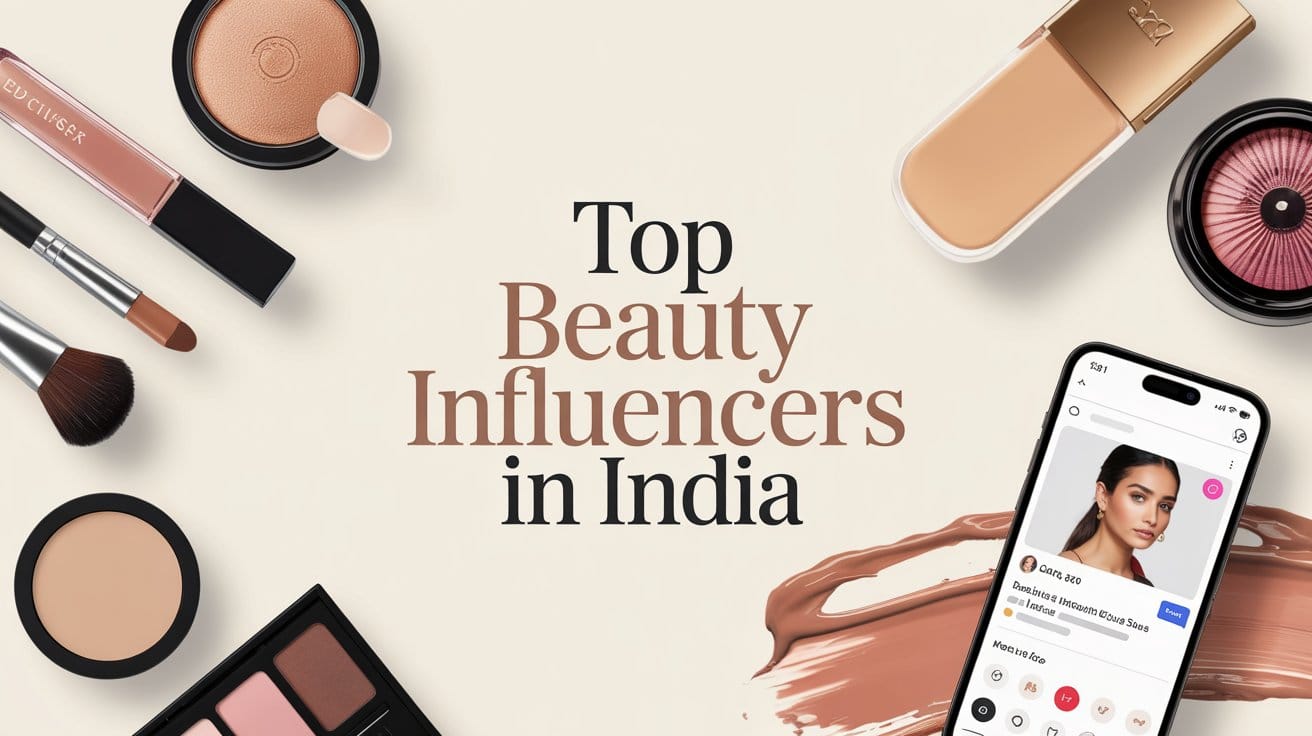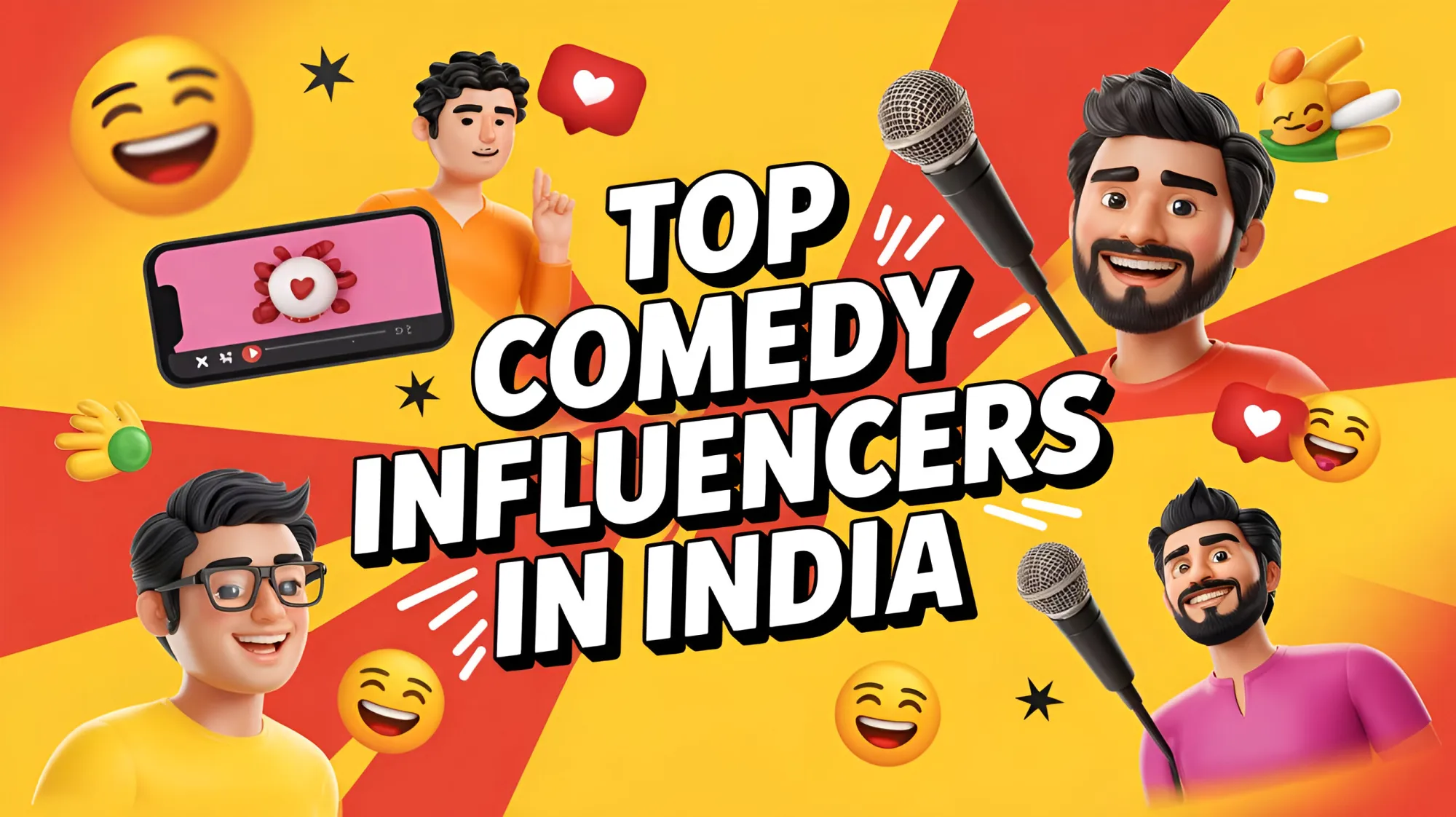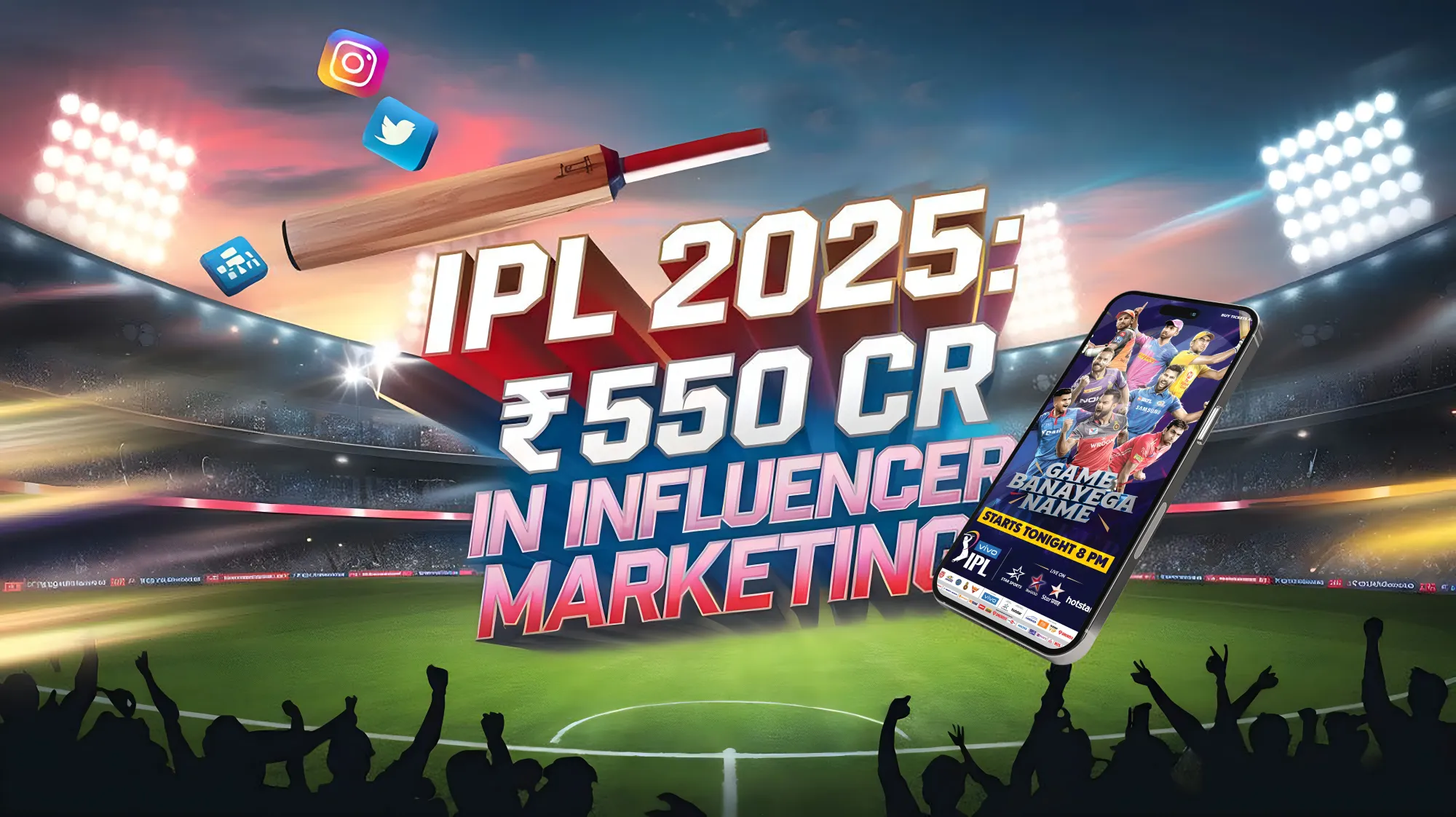Ever laughed at a meme, tagged a friend, or shared one on WhatsApp without thinking twice? Chances are, you’ve already engaged with meme marketing even if you didn’t realize it.
Whether it's a hilarious Instagram post, a clever tweet, or a forwarded joke in your family WhatsApp group, memes have become part of how we communicate online. And now, they’ve made their way into the world of marketing.
You may have seen Swiggy post a relatable meme about food cravings or Netflix India turn a trending moment into a scene from Money Heist. That is meme marketing in action.
But what is meme marketing? Where did it come from? And why are so many Indian brands using it to engage their audiences?
Let’s explore.
💡 What Exactly Is Meme Marketing?
Meme marketing is a content strategy where brands use memes to promote their products, engage with audiences, or simply stay relevant in online conversations.
At first glance, it may seem like just making jokes. But the real power of meme marketing lies in its ability to tap into cultural context, human emotion, and humor while keeping the message short and shareable.
It’s the kind of marketing that doesn’t feel like marketing. That is exactly why it works.
🧠 A Brief History of Memes
The word “meme” actually predates the internet. It was coined in 1976 by evolutionary biologist Richard Dawkins in his book The Selfish Gene. He used the term to describe how ideas and behaviors spread within a culture, much like how genes evolve, but for thoughts and trends.
Fast forward to the early 2000s, and the internet gave birth to what we now recognize as memes. Think of rage comics, LOLcats, and viral YouTube clips like Charlie Bit My Finger. These early forms of humor quickly became the internet’s native language.
They were funny, relatable, and spread fast. It didn’t take long for marketers to notice the potential.
📈 The Rise of Meme Marketing
By the 2010s, memes had moved beyond Reddit and Facebook. Brands started using them to join online conversations in real time.
Why? Because traditional ads were being skipped, blocked, or simply ignored. Memes, on the other hand, blended into users’ feeds and felt like a natural part of their browsing experience.
Suddenly, a clever meme could generate more engagement than a full-fledged campaign. Even better, memes were cheap to create and could go viral in hours.
🌍 Why Meme Marketing Works So Well in India
India has always had a rich culture of storytelling, satire, and humor. That makes memes especially effective here.
Whether it’s a viral moment from a cricket match, a trending Bollywood dialogue, or an everyday frustration turned into a joke, Indian audiences deeply connect with memes.
Here’s why meme marketing works in the Indian context:
- It’s visual. In a mobile-first country, memes deliver messages quickly and clearly.
- It’s relatable. From traffic woes to family drama, memes capture shared experiences.
- It breaks language barriers. Regional languages, Hinglish, and visual humor allow memes to reach wider audiences.
- It travels fast. A meme can start on Instagram, jump to WhatsApp, and end up on Twitter, all in one day.
Memes in India are not just funny. They are cultural commentary.
🧩 Real Examples of Meme Marketing in India
1. Amul’s Topical Ads
Even before social media existed, Amul was doing meme marketing. Their iconic cartoons based on current events were witty, relevant, and extremely shareable. These were the earliest examples of memes in Indian advertising.
2. Netflix India
Netflix uses its own shows as meme material. Whether it’s a funny reaction from a character or a timely quote, they remix pop culture with content promotion in a way that feels effortless.
3. Zomato and Swiggy
These two food delivery giants have practically turned their social media feeds into meme boards. Their humor resonates with young audiences, making them not just service providers but also digital companions.
4. Mumbai Police
Surprisingly, even government departments have embraced memes. Mumbai Police uses memes to promote road safety, COVID-19 awareness, and civic responsibility. Their tone is light, but their message is clear.
🧠 The Psychology Behind Memes
What makes memes so effective?
1. They evoke emotion
Humor, nostalgia, sarcasm, and even frustration can be delivered in one meme. Emotion is what makes content stick.
2. They’re easy to consume
Memes are quick. You understand the message in seconds. In a world with low attention spans, that is gold.
3. They feel authentic
Memes are not polished or overly produced. That raw, casual tone makes them feel real and relatable.
4. They’re made to be shared
Memes are one of the most shared content formats online. Their design invites interaction, tagging, and reposting.
🧬 The Language of Memes
Memes have evolved into a unique communication style. Just like emojis or GIFs, memes help people say a lot with very little.
Here are some common meme formats:
- Reaction images like “Drake Yes/No” or “SpongeBob tired”
- Screenshots of text messages or tweets
- Movie scenes with witty captions
- Dialogues from Bollywood or Tollywood with relatable twists
- Topical memes based on festivals, politics, or current events
Indian meme culture blends local flavor with global formats. That combination is what makes it so dynamic.
💬 Final Thoughts
Meme marketing is not just about being funny. It’s about being culturally aware, emotionally intelligent, and creatively bold.
It’s how brands now connect with digital audiences who scroll fast, judge quickly, and engage only when something feels real.
In a noisy digital world, memes give your brand a voice that is familiar, approachable, and share-worthy.
And that might just be the most effective kind of marketing there is.
FAQs
Are memes a long-term strategy or a short-term trend?
Memes have become a staple of digital culture. While specific formats come and go, the idea of using humor and relevance will remain a core part of online communication.
How do I use memes to boost engagement?
Create memes that are funny, timely, and relatable. Adding calls-to-action like “tag a friend” or “share if you agree” helps drive engagement.
Why is meme marketing effective on social media?
Meme marketing is effective because memes feel natural in social feeds and are highly shareable. This approach allows brands to connect with audiences authentically.
Which platforms are best for meme marketing?
Instagram, Twitter, and Facebook are the best platforms for meme marketing as they are visual and foster high engagement rates.
How can small businesses use memes for marketing?
Small businesses can use memes to build personality, connect with followers, and increase brand awareness by sharing content that feels fun and relatable.
What are common mistakes in meme marketing?
Avoid outdated memes, complex formats, and controversial topics, as these can reduce engagement and harm your brand’s image.



